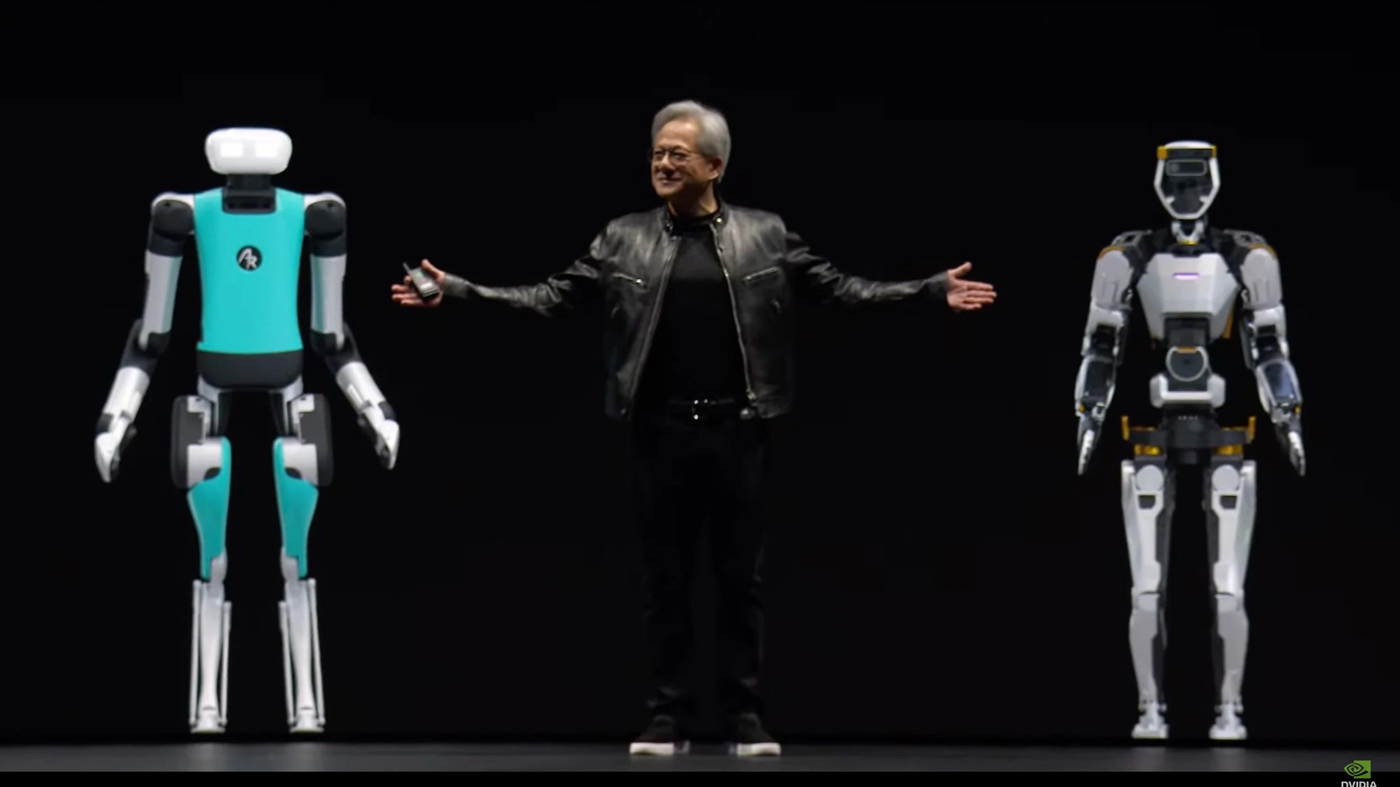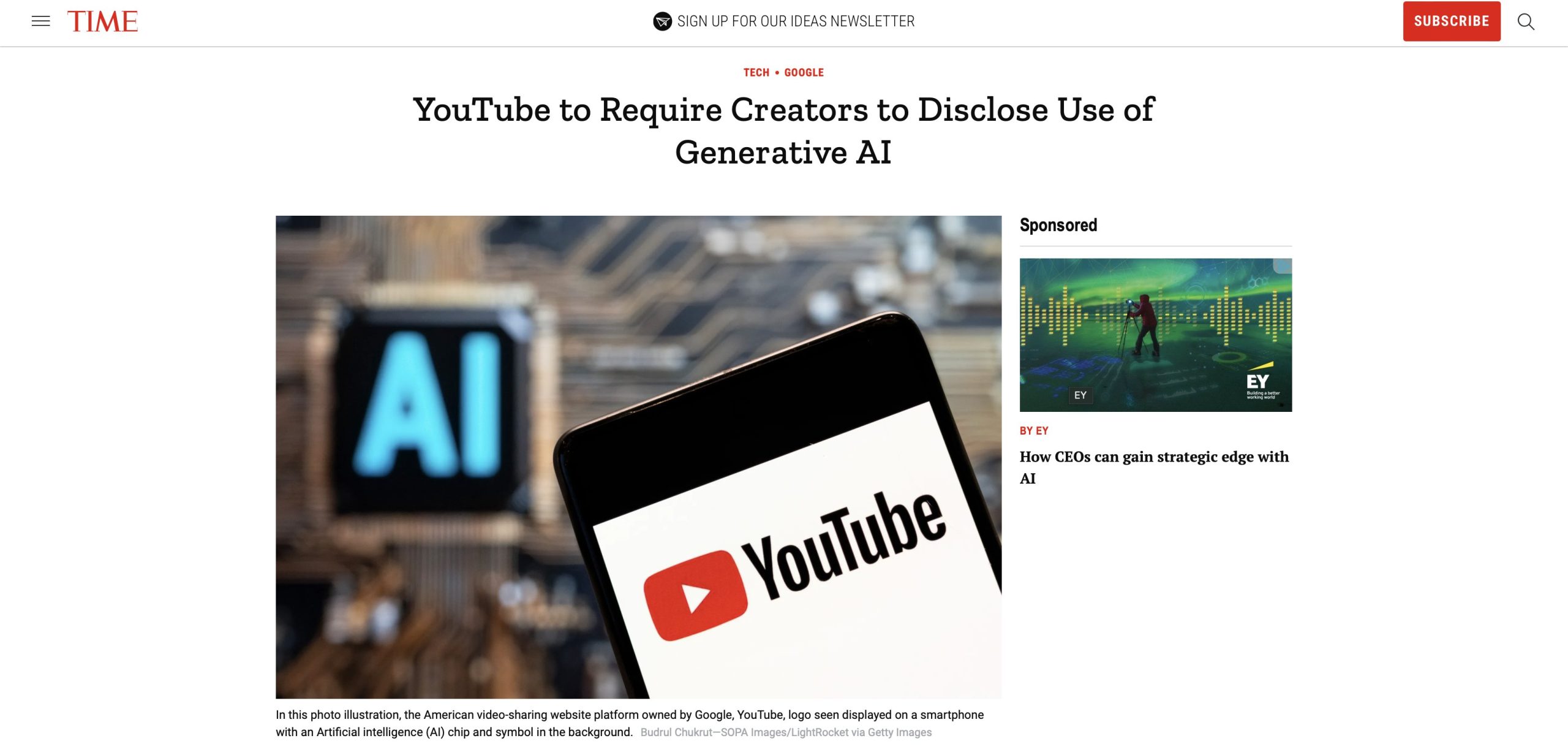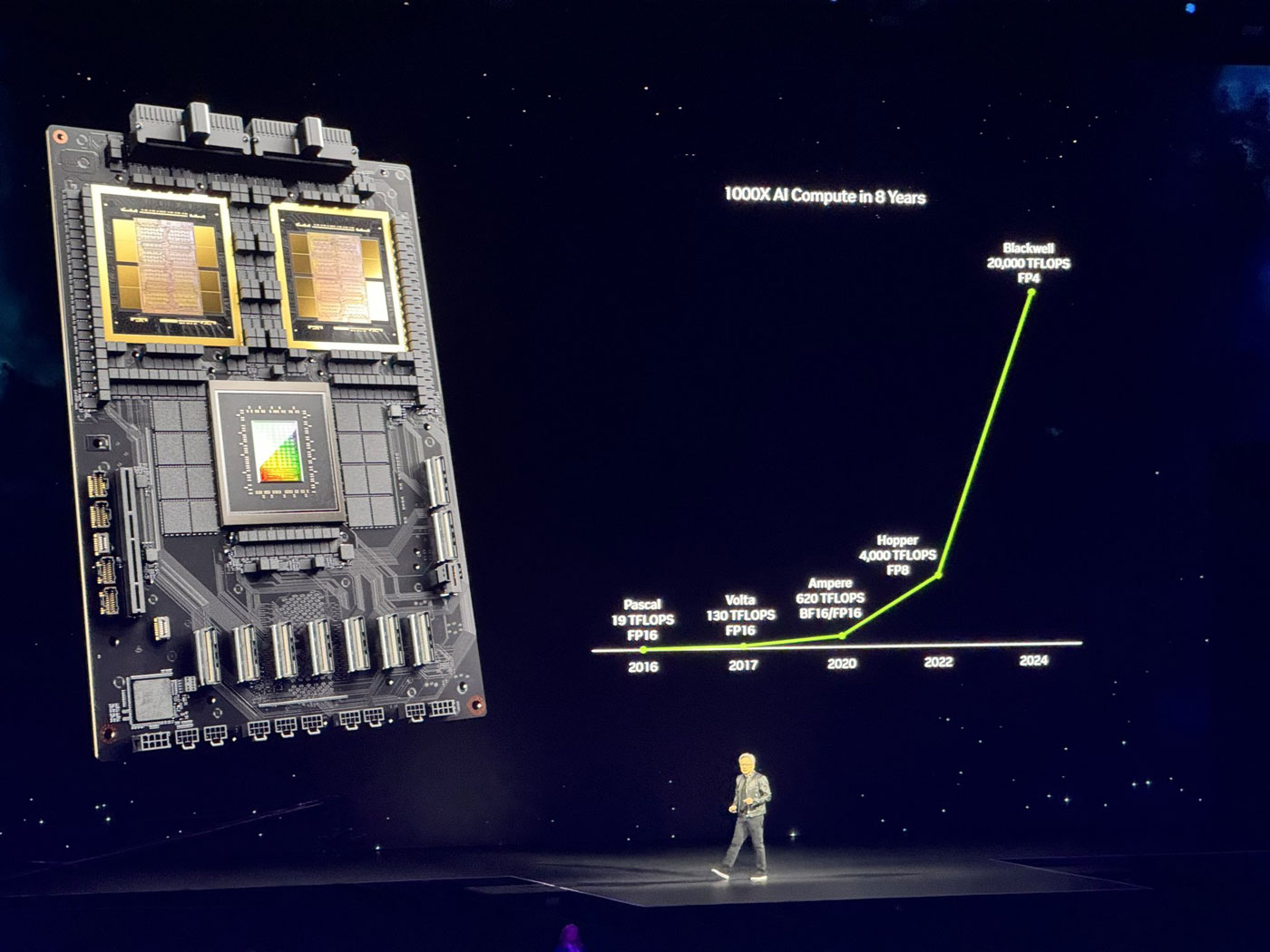A new AI tool that removes tattoos and put clothes back on e-girls
Amidst the ever-evolving landscape of artificial intelligence, DignifAI emerges as a groundbreaking tool that disrupts the image editing scene. But it’s not just about filters and effects; DignifAI is driven by a core principle: ethical and respectful content creation. By empowering users with control over their online presence, it sets a new standard for AI-powered image editing.
One of DignifAI’s key strengths lies in addressing sensitive concerns surrounding online content, particularly within the realm of “e-girls” and digital tattoo culture. The tool empowers users to remove tattoos from images, offering a chance to reconsider or revise their online representation. This feature aligns with DignifAI’s mission to foster a more inclusive and respectful online environment, where self-expression doesn’t come at the expense of dignity.
However, DignifAI doesn’t stop at tattoo removal. It champions user control by prioritizing a user-centric approach. The tool allows individuals to make informed decisions about the content they share, providing the ability to customize and edit their images ethically. This empowers users to curate their online presence in a way that reflects their values and preferences, promoting authenticity and self-ownership.
But what truly sets DignifAI apart is its sophisticated AI technology. The tool leverages cutting-edge algorithms to ensure precise and natural image edits. Whether it’s removing tattoos or restoring modesty, DignifAI’s AI seamlessly integrates these changes, maintaining the integrity of the original image. This advanced technology guarantees a reliable and efficient solution for ethical image enhancement, free from the pitfalls of amateurish editing tools.
DignifAI operates with cultural sensitivity at its core. In a world marked by diverse cultural norms and values, the tool acknowledges the importance of respecting these differences. It strives to offer image editing solutions that align with varying perspectives, fostering inclusivity and understanding. By doing so, DignifAI aims to cater to a global audience while upholding ethical standards that resonate across cultures.
DignifAI is more than just an image editing tool; it’s a paradigm shift. By addressing ethical concerns, empowering users, and harnessing advanced AI technology, it sets a new standard for responsible image editing in the age of artificial intelligence. As the digital landscape continues to evolve, DignifAI stands poised to shape the future of online self-expression, one ethical edit at a time.





